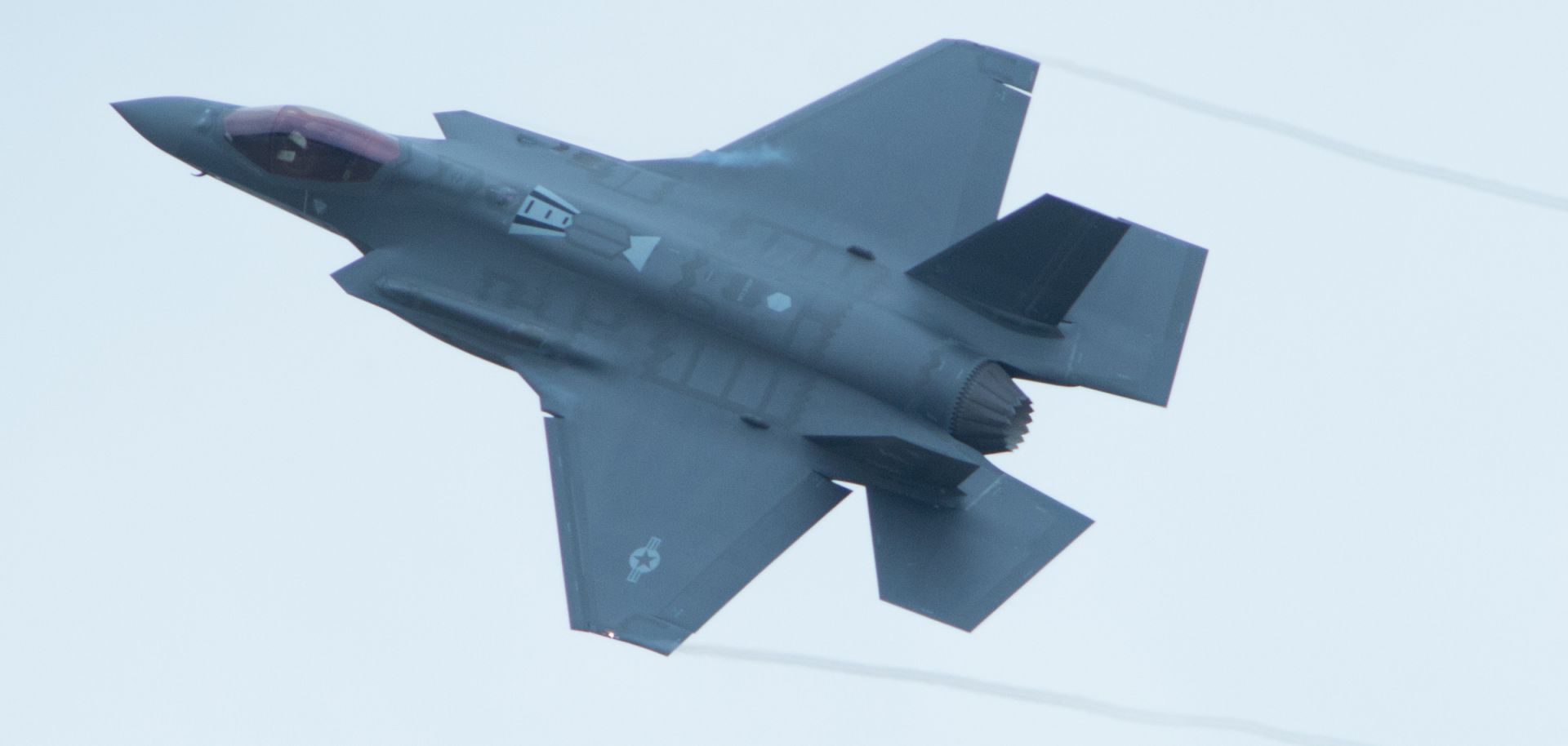Tensions between Russia and the United States, which seemed to be on the verge of boiling over at the beginning of the month, appear to have settled back into their long, slow simmer. On Tuesday, Russian news outlet Izvestia reported that the deconfliction agreement in Syria meant to minimize in-flight incidents between Russian and U.S. military aircraft operating in the country has been reinstated. Moscow had suspended the agreement in early April in response to a U.S. missile strike against a Syrian air base.
The increasing strain between Moscow and Washington following the strike against Syrian forces, whom the United States accused of dropping chemical weapons on civilians, magnifies the importance of the deconfliction agreement. A mistake on the battlefield not only would have escalated the war of words that erupted in the wake of those developments, but could also have resulted in actions that would have deepened the antagonism between...

